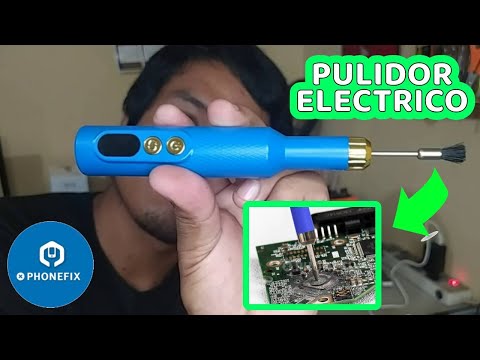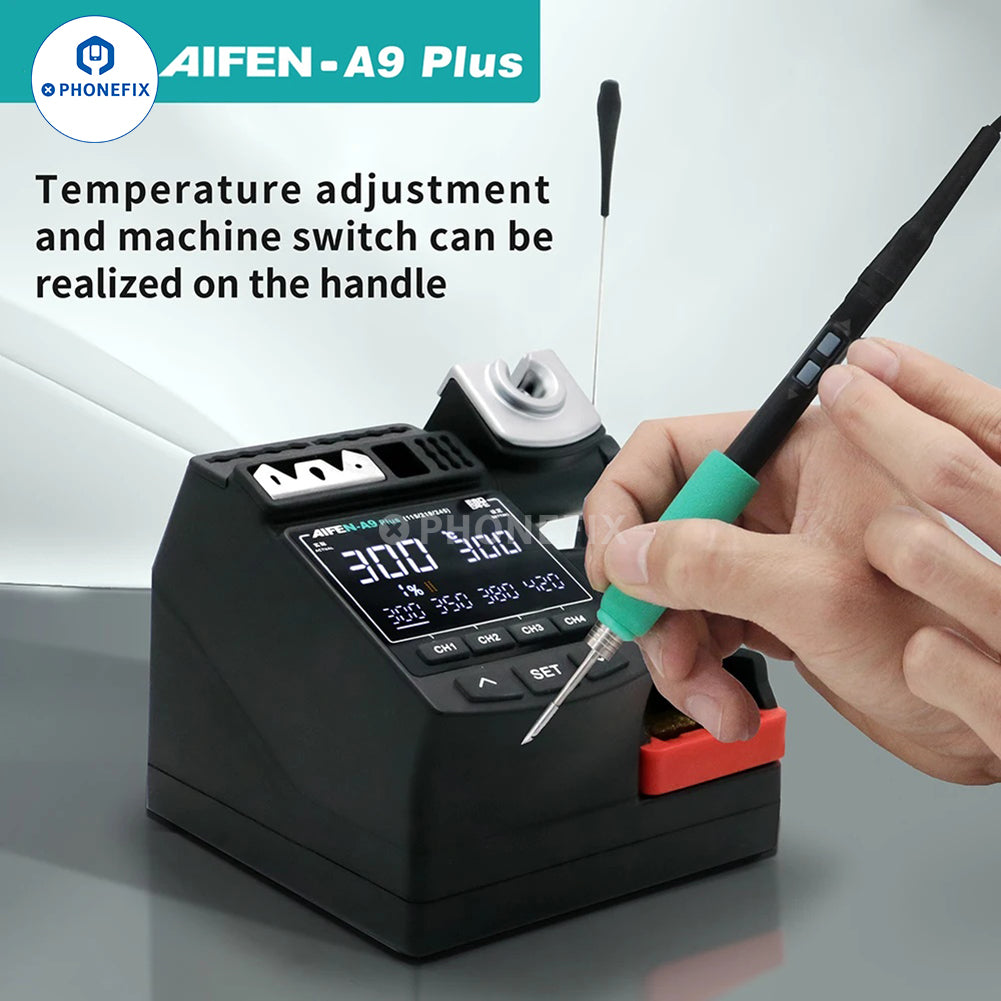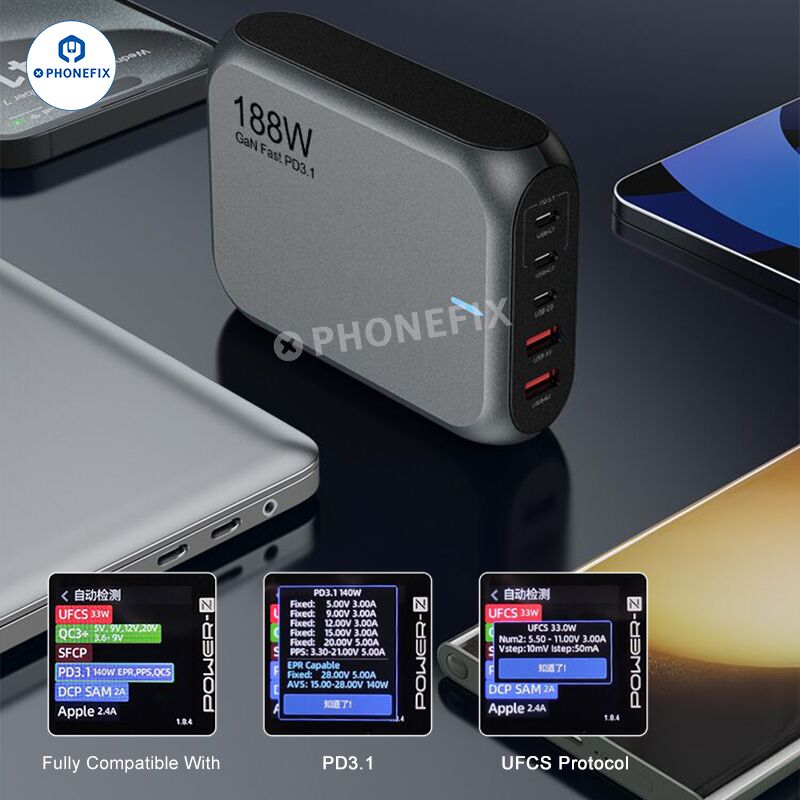Soldering is usually used in the electronic industry to connect wires, fix broken circuits, repair radios, TV sets, antennas, etc. However, Soldering Station can also be used to join plumbing, refrigeration components and even jewelry!
In this guide, you will learn what soldering is, what you will need, and maintenance techniques.
What soldering is?
Soldering is the process through which two or more components can be joined together by melting a bit of metal, called as a filler or solder, at the joint. Once the melted solder cools down, it hardens and acts as a glue joining the components together.
What Tools Do You Need?
The following is a simple list of things that you will need for soldering projects.
Solder
Soldering Tip
Soldering Station
Soldering Stand
Cleaning Pad
Soldering Paste
Soldering Iron
Step by Step Instruction Guide To Soldering
1. Determine the right temperature for your project which depends on the materials you are soldering and the solder that you are using. As a rule of thumb, choose the lowest temperature possible to get the job done.
2. Once the iron is heated to the chosen temperature, hold a piece of the solder in one hand and the soldering iron in another.
Relative Video: How To Solder Step by Step Beginner Guide
3. Hold the hot iron to the place where both the components meet for a second. Note that you need to just heat the metals a little bit.
4. Now touch the solder to the heated components. The solder will melt and fill in the gap between the two components.
5. Leave the solder to cool down. A good connection will appear uniform and strong. There shouldn’t be any gaps or big blobs of solder. 
If there are gaps, you will need to fill in some more solder. If there are blobs, you must desolder to repair the joint.
You may need to desolder to fix certain kinds of joints. Or you may have accidentally applied too much solder! Not to worry, you just need to reheat the iron to the required temperature and melt the solder.
You can use a solder sucker Pen, which looks like a syringe, to suck the excess solder. Another device you can use is a desoldering braid.
Finishing Up
Once you are done with the fixing, you will need to clean up and store your equipment away. All you need to do is use a cloth or metal wool to clean and tin the tip as mentioned before. Store it in a sealed container.
Likewise, store the soldering iron in a sealed container to prevent oxidation and increase the life of the iron.
Attention:
Many metals react with oxygen and form an oxidation layer. The oxidation layer on the soldering tip would reduce the efficiency of the heat transfer.
To clean this, you will need to rub it against the cleaning pad. If it is very badly oxidized, then you might have to apply a tip reactivator. If the tip appears shiny after cleaning or re-activating, then you can take the next step – tinning.
To ‘tin’ the tip, you have to coat it with a layer of solder. This prevents oxidation and improves heat transfer. Tin the tip immediately before and after soldering;
In Conclusion:
Whichever type of soldering project you're undertaking, the right tools and techniques are crucial. Phonefix Team offers some of the most high-quality yet affordable soldering tools on the market. 
For entry-level professionals and hobbyists, the I2C 2SEN Micro Nano Soldering Station is a perfect match. It provides the most power in its class, easy-to-use controls and cost-effective operation at an affordable price.
Explore our soldering irons, stations and accessories on our website or by visiting a Phonefix distributor.












